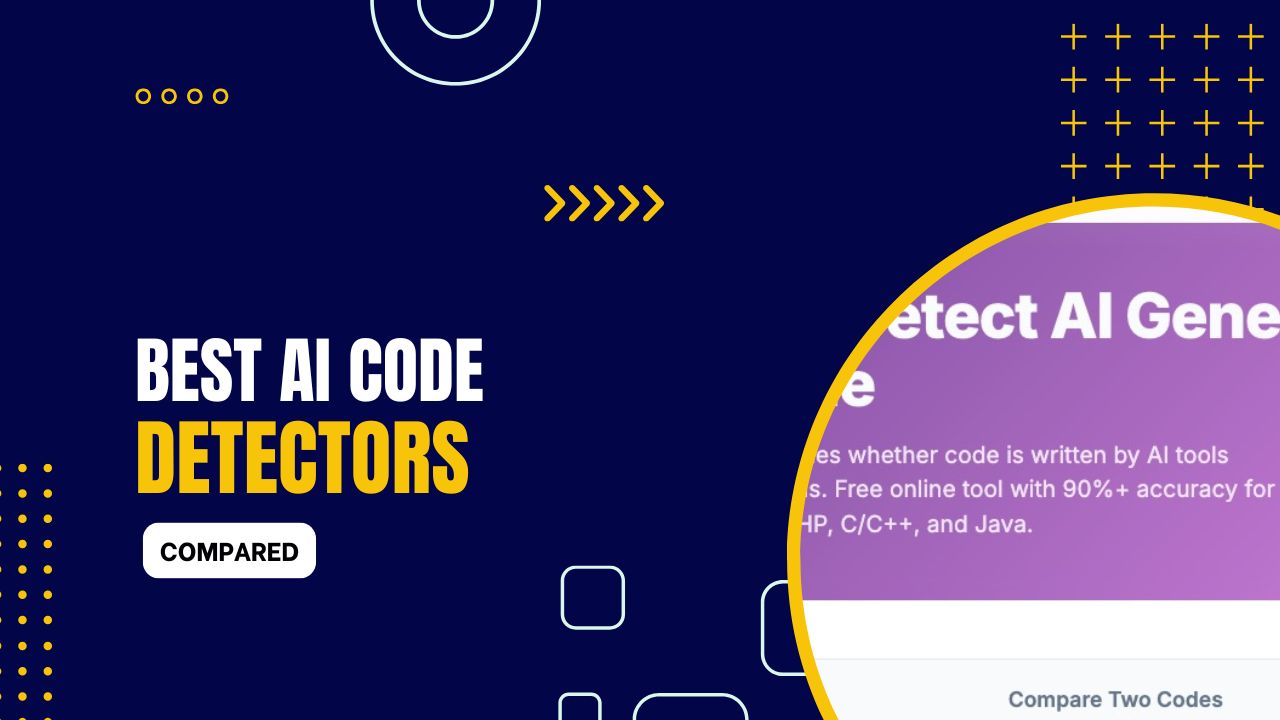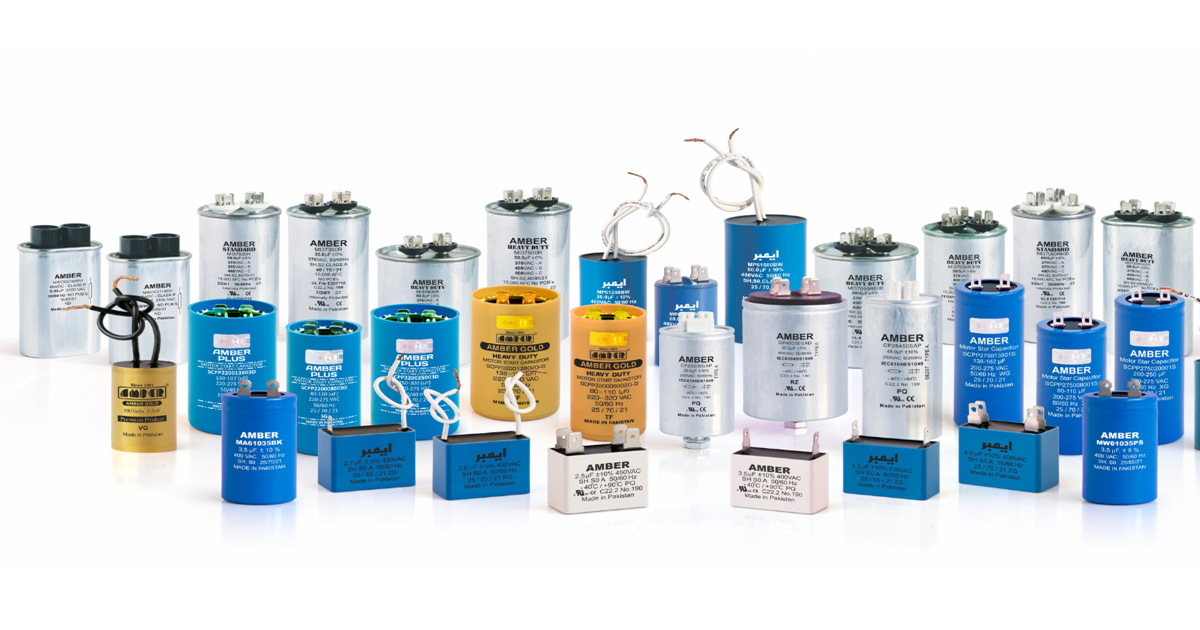Understanding the Power of Detector de IA

In today’s fast-paced digital world, artificial intelligence is shaping industries, guiding decisions, and even creating entire pieces of content. With these advancements, a new necessity has emerged: ensuring the authenticity of what we consume and produce. This is where the detector de IA becomes a crucial ally. It is more than just a tool—it is a gatekeeper of trust in an era where AI-generated content blends seamlessly with human creativity.
What is a Detector de IA?
A detector de IA is a sophisticated system designed to identify whether a piece of text, image, video, or even audio has been generated by artificial intelligence. Instead of relying on guesswork, it uses algorithms trained to recognize specific patterns, language structures, or digital signatures that AI models leave behind. These tools can be used by educators, content creators, journalists, and businesses to verify originality and maintain transparency.
Why the Detector de IA Matters in the Modern Age
Artificial intelligence can produce impressive results, but it also raises questions about authenticity and ethics. Imagine reading a news article without knowing whether it was written by a journalist or generated by a machine. Or picture a student submitting an essay that is entirely AI-created.
The detector de IA steps in to:
- Maintain trust – verifying facts and authorship in journalism, academia, and marketing.
- Prevent misuse – avoiding plagiarism or the spread of misleading AI-generated content.
By doing so, it becomes an essential digital safeguard for individuals and organizations alike.
How the Detector de IA Works
The technology behind a detector de IA is built on advanced machine learning models. It typically works in several steps:
- Data Analysis – The tool scans the given text, image, or media for AI-like patterns.
- Model Comparison – It cross-references the data with known outputs from popular AI models.
- Probability Scoring – It provides a score indicating the likelihood of AI involvement.
- Detailed Feedback – Some tools even explain which elements triggered the detection.
This process happens in seconds, making it practical for fast-paced industries.
Where the Detector de IA is Used
- Education – Teachers use it to check if assignments are original or AI-assisted.
- Publishing – Editors ensure manuscripts and articles are truly authored by humans.
- Corporate Communication – Companies verify reports, proposals, and campaigns for authenticity.
- Legal & Compliance – Lawyers and regulators use it to validate content origins in disputes.
Its versatility makes it a valuable asset in almost every professional field.
Challenges Faced by Detector de IA Tools
While these tools are powerful, they are not perfect. AI models evolve rapidly, and their outputs become increasingly human-like, making detection harder. Some key challenges include:
- False Positives – Human writing may sometimes be flagged as AI-generated.
- Model Updates – AI tools constantly update, requiring detectors to keep pace.
- Content Blending – Texts that are part human-written and part AI-generated are harder to classify.
To remain effective, the detector de IA must be continually trained with the latest AI-generated data.
The Future of Detector de IA
In the coming years, the detector de IA will likely become even more sophisticated. We may see integration with web browsers, word processors, and social media platforms, offering real-time detection before content is published.
Additionally, detectors could expand to identify AI-generated deepfakes, voice clones, and synthetic datasets. As AI’s capabilities grow, so will the importance of having a reliable method to detect and label its outputs.
Final Thoughts
The AI Detector is not just a technical innovation—it’s a digital guardian in a world where truth and fabrication can look nearly identical. By embracing such tools, individuals and organizations can protect intellectual property, uphold credibility, and navigate the AI-powered future with confidence.
As artificial intelligence becomes a more natural part of our daily lives, the detector de IA will stand as a necessary counterbalance—reminding us that while machines can create, humans still have the responsibility to preserve authenticity.


